Biofilm exists from bacteria who attach by a self-produced slime. They create a layer which is very hard to remove. On this layer, even more, bacteria, as well as micro-organisms and ferments, can attach and develop.
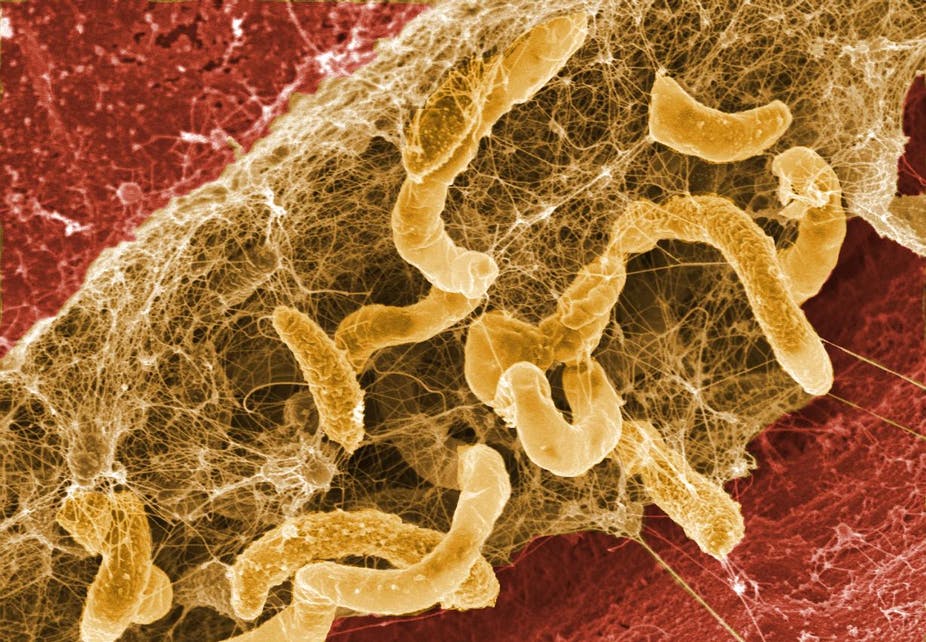
When a single microorganism, like bacteria, adheres to a surface, it begins to multiply into colonies.
These colonies are almost “stuck” to eachother using small projections on their surfaces called pilli. They secrete sticky residues full of polysaccharides to help adhere all the colonies to the surface, while providing a nutrient rich environment for the bacteria to be sustained.
Even though the bacteria in the biofilm are very similar in DNA, there are always differences of their genes. These differences could arise from genetic mutations, subtle differences in genes, transduction of newer genes from bacteriophages, ect. These genes could be dysfunctional, or better yet, have properties that allow the bacteria to “become stronger”.
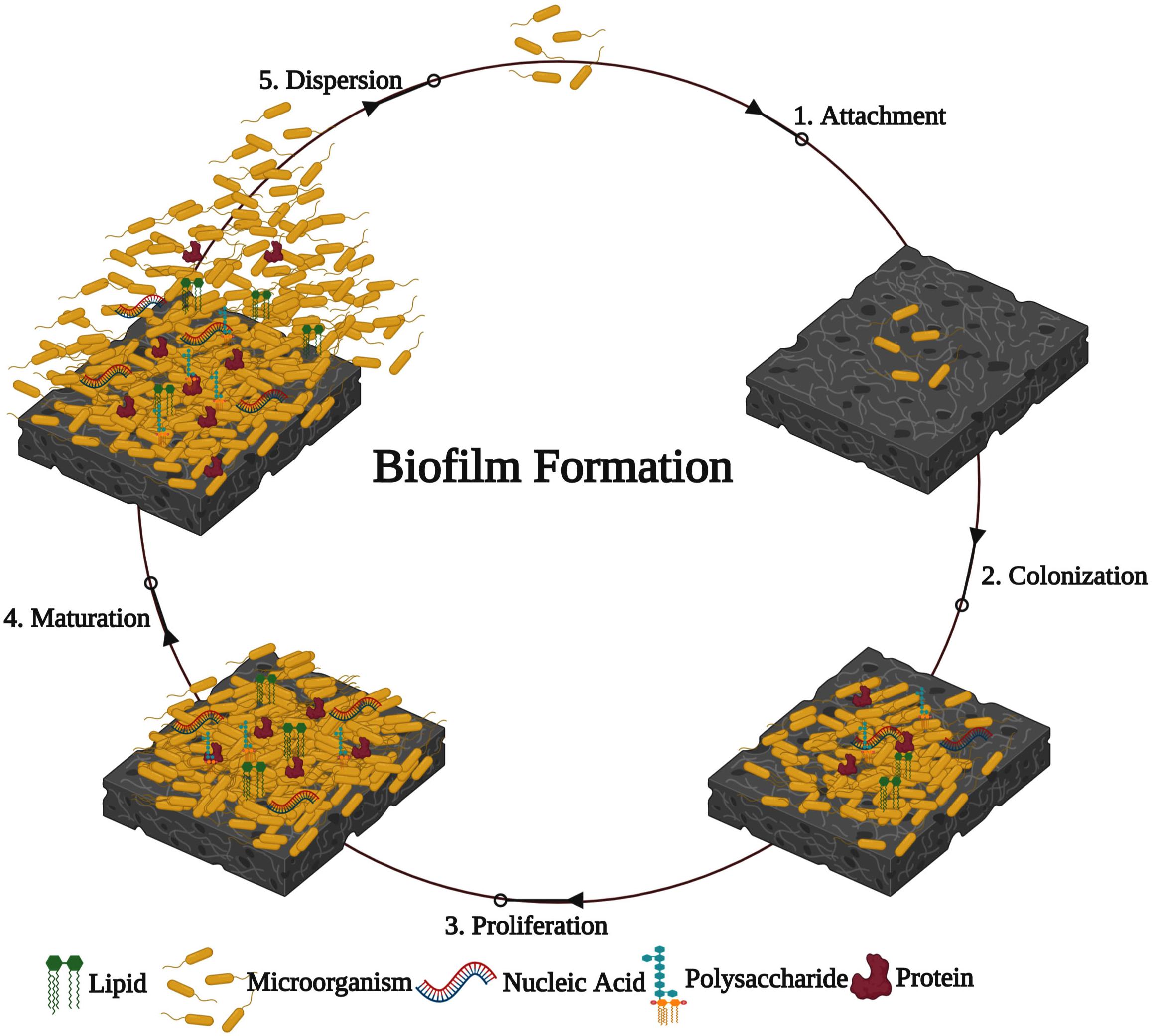
If one bacteria cell does not have a certain enzyme that breaks down, let’s say, lactose in the environment, it could very well be “given” another bacteria cell’s DNA through the pillus. This new DNA may contain the genetic information to construct the lactose- mobilizing enzyme, thus the bacteria cell has in a sense “become stronger”.
All sorts of newer genetic material are conjugated from one bacteria to the next throughout the whole biofilm, making all the bacteria cells stronger as a result.
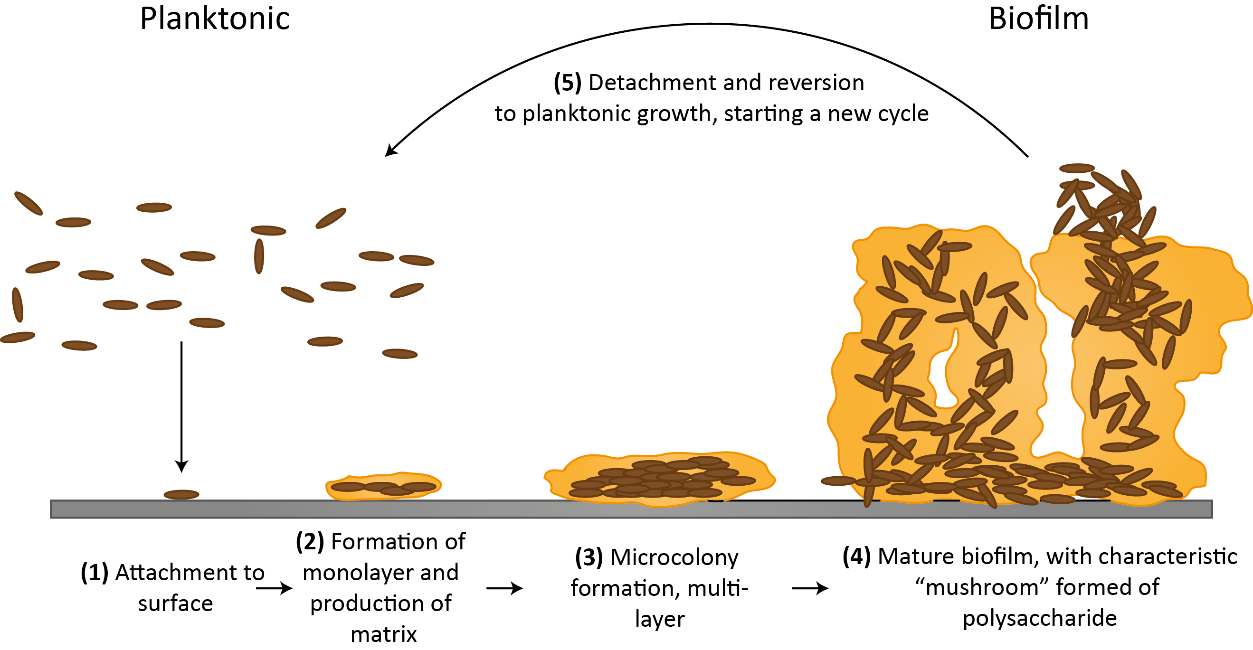
A fully functioning biofilm is like a vivid fabric on the inside wall of pipes, storage tanks, water wells, etc. It is a complex cooperation of different types of micro-organisms who live each in their favourable climate. Even in the system of our drink water, more than 99% of the bacteria are part of the biofilm attached on the inner side of the pipes.
Glycocalyx, also called Extracellular matrix or EPS (Extracellular polymer substance), can include 90 or even 95% of the biomass of the biofilm, the rest are bacteria. As glycocalyx contains a lot of water, a surface which is covered by his biofilm as very slippery and gelatinous. Afterwards, the glycocalyx can capture other bacteria which will multiply and start building their glycocalyx.
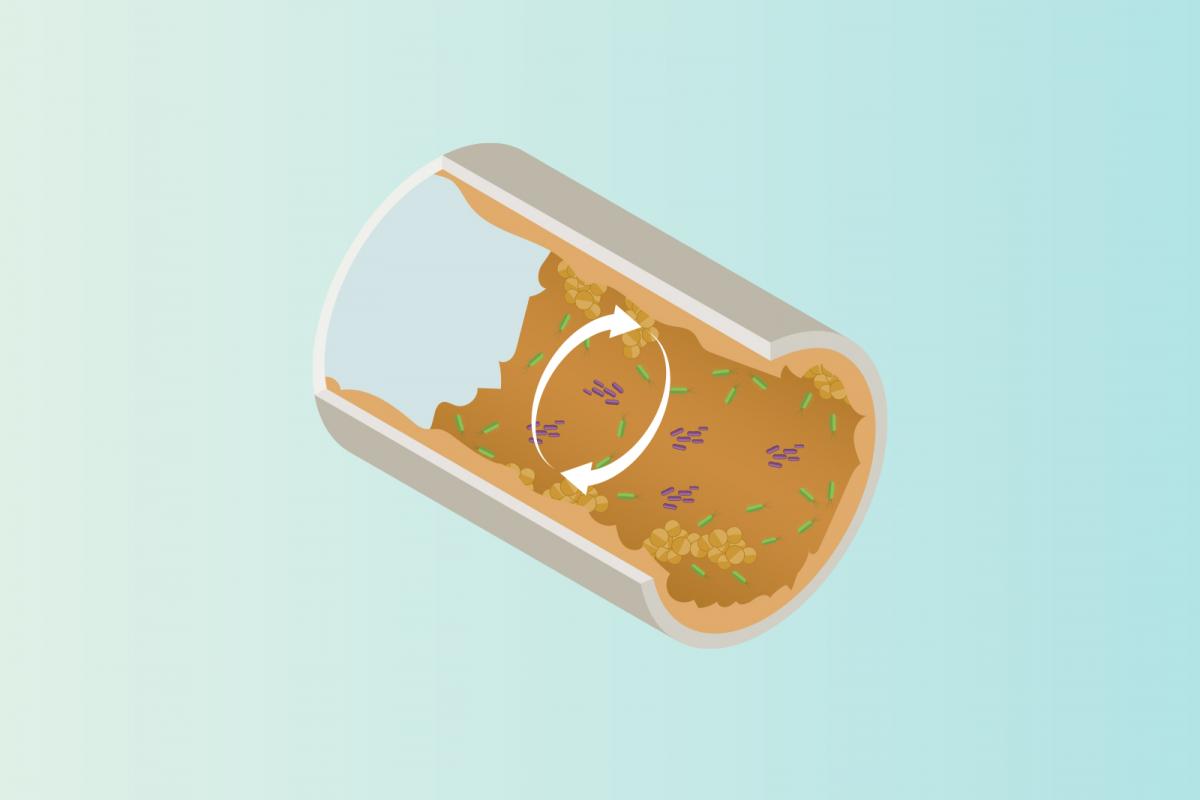
A biofilm can contain different bacteria who produce corrosive chemicals. E.g. anaerobic sulphate reducing bacteria. These bacteria produce sulfuric acid which leads to corrosion of metal pipes. Also, the so-called iron-oxidizing can cause corrosion of metal which results in expensive reparations of the leaking pipes.
Biofilm also narrows the diameter of pipes and creates more resistance so less liquid can be pumped through. The result is a higher cost of energy.
… and many more consequences.
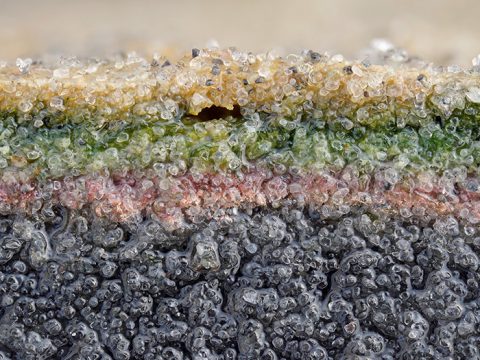
By eliminating biofilm with ultrasonic technology, the growth of algae, bacteria, and limescale is prevented. This creates a safer environment for the system and its users.
Our devices are non-toxic, chemical-free and require a low power supply. By using ultrasonic technology you reduce fuel emissions and carbon footprint, while sustaining a healthy environment for both humans and animals.
Not only does ultrasonic technology guarantee a longer lifespan of all systems, our products also reduce energy and maintenance costs and ensures a reduction in the use of chemicals.
One device can protect water over distances of up to 350 metres and can break down biofilm right down to the finest cracks and holes in a wall.
Hanswijkstraat 42
B-2800 Mechelen
Belgium
Lindenstraat 298
2070 Zwijndrecht
Belgium
+32 472 95 85 60
info@ultrasonicgroup.eu
BE 0502 392 001